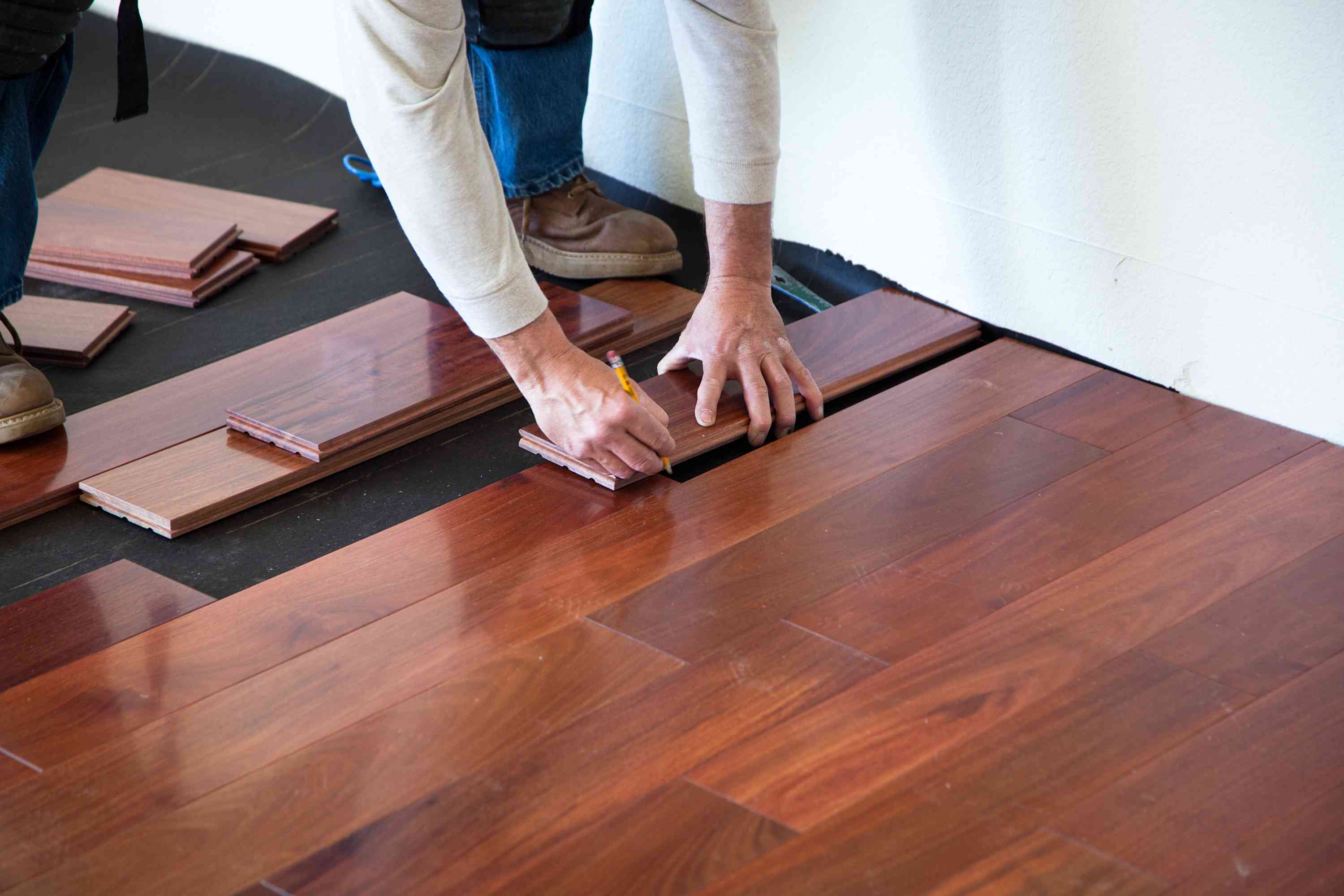

Articles
How Much Is Floor Installation
Modified: January 9, 2024
Find out the cost of floor installation with our informative articles. Get expert tips and advice on flooring installation for your home.
(Many of the links in this article redirect to a specific reviewed product. Your purchase of these products through affiliate links helps to generate commission for Storables.com, at no extra cost. Learn more)
Introduction
When it comes to home improvement projects, installing new floors can have a significant impact on the overall look and feel of your space. However, one of the most common concerns that homeowners have is the cost of floor installation. The price can vary depending on several factors, including the type of flooring material chosen and whether you opt for DIY installation or hire a professional.
It’s important to understand the various factors that can affect the cost of floor installation. By considering these factors and doing your research, you can make informed decisions and create a budget that suits your needs.
In this article, we will explore the different flooring materials available and break down the costs associated with each type of installation. Additionally, we’ll discuss the average costs of floor installation and the additional expenses you should consider. Whether you’re looking to install hardwood, laminate, tile, or carpet flooring, this article will provide you with the information you need to plan and budget for your project.
Key Takeaways:
- Understanding the factors that impact floor installation costs, such as the type of flooring material, room size, and additional work, allows homeowners to make informed decisions and create realistic budgets for their home improvement projects.
- While DIY installation may seem cost-effective, hiring professionals for floor installation offers expertise, efficiency, and peace of mind, ensuring a high-quality and long-lasting result that enhances the beauty and value of the home.
Factors Affecting Floor Installation Costs
When estimating the cost of floor installation, it’s essential to consider various factors that can impact the overall expense of the project. Understanding these factors will help you determine a more accurate budget. Here are some key factors to keep in mind:
- Type of Flooring Material: The type of flooring material you choose plays a significant role in the cost of installation. Each material has its own price range, so it’s important to research and compare the costs of different options.
- Quality and Grade of Flooring: Within each type of flooring material, there are different qualities and grades available. Higher quality materials typically come with a higher price tag for both the material and installation.
- Room Size and Layout: The size and layout of the room will influence the amount of material needed and the complexity of installation. Larger rooms or rooms with irregular shapes may require more labor and materials, resulting in higher installation costs.
- Preparation and Subfloor Requirements: The condition of the existing subfloor and any necessary preparation work can affect the cost of installation. If the subfloor needs repair or leveling, additional charges may apply.
- Additional Work: Depending on your specific requirements, there may be additional work involved in floor installation. This can include removing old flooring, moving furniture, or customizing the flooring to fit unique spaces, such as curved walls or staircases.
- Location: The cost of floor installation can also vary based on your geographical location. Labor rates and material prices may differ from one region to another.
Keep in mind that these factors are interconnected, and one factor may influence another. For example, choosing a higher quality flooring material will often require additional preparation work or subfloor requirements.
By considering these factors and discussing them with flooring professionals or contractors, you can get a better understanding of the overall cost of your floor installation project. It’s also important to obtain multiple quotes from different professionals to compare prices and ensure you’re getting the best value for your money.
Types of Flooring Materials
When it comes to choosing the right flooring material for your home, there are various options available, each with its own benefits and price range. Here are some of the most popular types of flooring materials:
- Hardwood Flooring: Hardwood flooring exudes timeless elegance and adds warmth to any space. It comes in a variety of wood species, such as oak, maple, and walnut, with different finishes and stains. Hardwood flooring is generally more expensive due to its high-quality and durable nature.
- Laminate Flooring: Laminate flooring is a budget-friendly alternative to hardwood. It consists of a composite material that replicates the look of real wood or stone. Laminate is easy to install and maintain, making it a popular choice for homeowners on a budget.
- Tile Flooring: Tile flooring offers versatility and durability, making it suitable for high-traffic areas like kitchens and bathrooms. It comes in various materials such as ceramic, porcelain, and natural stone. Tile installation can be labor-intensive, but it provides a long-lasting and stylish option for your floors.
- Carpet Flooring: Carpet flooring adds comfort and coziness to any room. It is available in different textures, colors, and patterns, allowing homeowners to create a personalized look. Carpet installation is typically more affordable than other flooring types, but it requires regular maintenance to keep it looking its best.
- Vinyl Flooring: Vinyl flooring is a cost-effective and versatile option that comes in the form of sheets, planks, or tiles. It is highly durable, water-resistant, and easy to clean, making it suitable for areas prone to moisture, such as kitchens and bathrooms. Vinyl flooring is available in a wide array of styles and designs, including options that mimic the look of hardwood or tile.
When choosing the right flooring material, consider factors such as durability, maintenance requirements, aesthetic preferences, and budgetary constraints. It’s also a good idea to consult with flooring professionals or visit showrooms to see the materials in person and get expert advice on which option will best suit your needs.
Each flooring material has its own installation process, cost considerations, and specific requirements. In the following sections, we’ll explore the cost factors associated with installing hardwood, laminate, tile, and carpet floors to provide you with a clearer picture of what to expect.
Cost of Hardwood Floor Installation
Hardwood flooring is a popular choice for homeowners looking to add a touch of elegance and luxury to their space. However, it’s important to consider the costs associated with hardwood floor installation. Here are some factors that can impact the overall expense:
- Material Cost: The price of hardwood flooring can vary based on the type of wood species, grade, and finish. High-end options like solid hardwood can be more expensive, while engineered hardwood offers a more budget-friendly alternative.
- Installation Labor: Labor costs for hardwood floor installation can vary depending on the complexity of the job, the size of the room, and the experience level of the installer. It’s essential to obtain quotes from reputable professionals to ensure the best value for your money.
- Subfloor Preparation: If your subfloor requires leveling, repair, or moisture-proofing, this can add to the overall cost of installation. It’s important to address any issues with the subfloor before installing hardwood flooring to ensure a smooth and long-lasting result.
- Additional Costs: Other factors that can impact the cost include the need for underlayment, trim or molding installation, removal and disposal of existing flooring, and any customization or intricate designs desired.
On average, hardwood floor installation costs can range from $8 to $12 per square foot, including both material and labor. Keep in mind that this is a general estimate, and prices can vary depending on your location and specific project requirements.
It’s essential to consider the long-term benefits of hardwood flooring, including its durability, aesthetic appeal, and potential increase in home value. While the initial cost may be higher compared to other flooring options, hardwood flooring can last for decades with proper care and maintenance.
When hiring professionals for hardwood floor installation, make sure to ask for references, check their credentials, and review their portfolio to ensure they have the necessary expertise and experience. By investing in quality installation, you can ensure that your hardwood floors will not only look beautiful but also withstand the test of time.
Cost of Laminate Floor Installation
Laminate flooring is a popular choice for homeowners seeking an affordable and durable option that mimics the look of hardwood or other natural materials. Before proceeding with laminate floor installation, it’s crucial to understand the associated costs involved:
- Laminate Material Cost: The cost of laminate flooring varies depending on the quality, brand, and design you choose. Generally, laminate is more budget-friendly compared to hardwood or tile.
- Installation Labor: Labor costs for installing laminate flooring are typically lower compared to other materials due to its ease of installation. However, it’s still important to obtain quotes from reputable professionals to ensure a proper installation.
- Underlayment: Underlayment is a thin foam or padding layer that is installed beneath the laminate flooring. It helps with insulation, noise reduction, and stability. The cost of underlayment should be factored in when budgeting for your project.
- Trim and Transition Strips: Trim and transition strips are necessary to provide a finished look and to transition smoothly between rooms or to other flooring types. These costs should be considered as additional expenses.
- Additional Costs: Other factors that can impact the cost include removal and disposal of existing flooring, any necessary subfloor preparation, and any customization or intricate designs desired.
The average cost of laminate floor installation is typically between $4 and $8 per square foot, including both material and labor. It’s important to note that the final cost will depend on the specific details of your project, such as the size and layout of the room, any additional preparation work required, and the particular laminate flooring chosen.
While laminate flooring is generally considered a more affordable option, it offers great durability and resistance to scratches and stains. It’s easy to clean and maintain, making it an attractive choice for busy households.
When hiring professionals for laminate floor installation, ensure that they have experience working with laminate materials and can provide references. Proper installation is crucial to ensuring the longevity and performance of your laminate flooring.
By considering these factors and understanding the cost components, you can make informed decisions and budget accordingly for your laminate floor installation project.
Cost of Tile Floor Installation
Tile flooring is a popular choice for areas that require durability and water resistance, such as kitchens, bathrooms, and entryways. If you’re considering tile floor installation, it’s important to understand the associated costs:
- Tile Material Cost: The cost of tile can vary significantly based on the type of tile chosen, including ceramic, porcelain, natural stone, or specialty tiles. The size, style, and quality of the tile will also impact the price. Some tiles may require additional expenses, such as grout and adhesive.
- Installation Labor: Tile floor installation typically involves more labor compared to other flooring types. It requires precise cutting, laying, and grouting, which can increase the installation cost. Labor costs can vary based on the complexity of the design and the experience level of the installer.
- Underlayment: The tile installation may require the use of underlayment or a cement backer board, especially for uneven surfaces or areas prone to moisture. This additional layer helps provide stability and prevents tile movement. Underlayment costs should be factored into the overall budget.
- Grout and Adhesive: Grout and adhesive are necessary components for proper tile installation. The cost of grout and adhesive varies depending on the type and brand chosen. It’s essential to consider these costs when budgeting for your project.
- Additional Costs: Other factors that can impact the cost include any necessary subfloor preparation, removal and disposal of existing flooring, and any customization or intricate designs desired, such as mosaic patterns or tile borders.
The average cost of tile floor installation ranges from $10 to $15 per square foot, including both material and labor. However, prices can vary depending on factors such as the size and complexity of the project, the tile material chosen, and your location.
Tile flooring offers durability, longevity, and a wide range of design options. It’s resistant to moisture, stains, and scratches, making it suitable for high-traffic areas. Proper installation is crucial to ensure the longevity and performance of the tile floor. Hiring experienced tile installers is recommended to achieve the desired results.
When selecting tiles and hiring professionals, ask for references, check their credentials, and review their portfolio. Affordable options exist, but it’s important to strike a balance between quality and budget to ensure a successful tile floor installation.
By considering these factors and planning accordingly, you can budget for your tile floor installation project and enjoy a beautiful, durable, and long-lasting flooring in your home.
When budgeting for floor installation, consider the cost of materials, labor, and any additional services such as removal of old flooring or subfloor preparation. Get multiple quotes to compare prices and choose a reputable installer with good reviews.
Cost of Carpet Installation
Carpet flooring is known for its warmth, comfort, and softness underfoot. If you’re considering carpet installation for your home, it’s important to understand the associated costs:
- Carpet Material Cost: The cost of carpeting can vary greatly depending on factors such as the quality, type, and brand of carpet you choose. Different carpet fibers, patterns, and thicknesses will also impact the price. It’s important to consider both the material and installation costs when budgeting for carpet installation.
- Installation Labor: Carpet installation requires professional expertise to ensure a smooth and secure fit. Labor costs can vary depending on factors such as the size and complexity of the project, the type of carpet being installed, and any specific requirements or customizations needed.
- Padding: Carpet installation typically involves the use of padding, which provides cushioning and insulation. The cost of padding should be factored into your budget, as it will vary based on the quality and thickness of the padding chosen.
- Additional Costs: Other factors that can impact the cost include any necessary subfloor preparation, removal and disposal of existing flooring, any customization or intricate patterns, and any extra features or accessories desired, such as carpet stair treads or transitions to other flooring types.
The average cost of carpet installation ranges from $4 to $6 per square foot, including both material and labor. However, prices can vary depending on factors such as the size of the area, the complexity of the job, the quality of the carpet, and your location.
It’s important to note that carpet installation costs also depend on the type of carpet chosen. For example, installing plush or high-pile carpets may require more labor and time compared to installing loop or low-pile carpets.
Carpet offers a wide range of options in terms of styles, colors, and textures, allowing you to customize your space according to your preferences. Regular maintenance and cleaning are essential to prolong the life and appearance of your carpet flooring.
When hiring professionals for carpet installation, ensure that they have experience working with carpet materials and can provide references. Proper installation is crucial to ensure the longevity and performance of your carpet.
By considering these factors and budgeting accordingly, you can plan for your carpet installation project and enjoy the comfort and aesthetic appeal that carpet flooring brings to your home.
Average Cost of Floor Installation
The average cost of floor installation can vary depending on factors such as the type of flooring material, the size and layout of the room, additional preparation work required, and your location. Here is a general overview of the average costs of floor installation:
- Hardwood Flooring: The average cost of hardwood floor installation ranges from $8 to $12 per square foot, including both material and labor. Remember to consider the quality and grade of the hardwood, as well as any additional costs such as subfloor preparation and customization.
- Laminate Flooring: Laminate floor installation is more affordable compared to hardwood and typically ranges from $4 to $8 per square foot, including both material and labor. The cost may vary based on the quality of the laminate, any necessary underlayment, and additional work required.
- Tile Flooring: Tile floor installation can range from $10 to $15 per square foot, including both material and labor. The price can vary based on the type of tile chosen, any necessary subfloor preparation, and complexity of the design.
- Carpet Flooring: Carpet installation is generally more budget-friendly, with costs ranging from $4 to $6 per square foot, including both material and labor. The total cost will depend on factors such as the quality and type of carpet, any necessary padding, and additional customization or features.
Keep in mind that these are average costs and can vary depending on your specific project requirements and location. It’s also important to remember that these costs do not include additional expenses such as removing existing flooring, furniture moving, or any upgrades or accessories.
When planning for floor installation, it’s recommended to obtain multiple quotes from reputable flooring professionals or contractors. This allows you to compare prices and services to ensure you’re getting the best value for your budget.
It’s important not to compromise quality for the sake of a lower price. Proper installation is vital to the longevity and performance of your flooring. Investing in experienced professionals and high-quality materials will save you money in the long run by avoiding issues and the need for premature replacements or repairs.
By understanding the average costs of floor installation and factoring in your specific requirements, you can create a realistic budget and make informed decisions for your home improvement project.
Additional Costs to Consider
When budgeting for floor installation, it’s important to consider additional costs that may arise throughout the process. These costs can vary depending on the specific project requirements and the type of flooring material chosen. Here are some common additional costs to consider:
- Removal and Disposal: If you have existing flooring that needs to be removed before installing the new flooring, there will be additional costs for removal and disposal. This can include labor fees and disposal fees, particularly for materials such as carpet or tile.
- Underlayment or Padding: Some flooring materials, such as laminate or carpet, may require the use of underlayment or padding for added comfort, insulation, or soundproofing. The cost of these materials should be factored into your budget.
- Trim and Molding: Depending on the type of flooring and the desired finished look, you may need to install trim or molding to cover the edges or transitions between different flooring areas. The cost of trim materials and installation should be considered as an additional expense.
- Customization and Design Features: If you have specific design preferences or require customization, such as intricate patterns, borders, or special shapes, these features may result in additional costs. It’s important to discuss these details with your flooring professional to understand any associated costs.
- Structural Repairs or Subfloor Preparation: In some cases, floor installation may require repairs or preparation work to ensure the proper foundation for the new flooring. This can include subfloor leveling, patching, or moisture-proofing. The cost will depend on the extent of the repairs or preparation needed.
- Furniture Moving: If you have heavy furniture that needs to be moved to install the new flooring, you may need to hire movers or arrange for temporary storage. This additional cost should be considered if you are unable to move the furniture yourself.
- Maintenance and Care: It’s important to budget for ongoing maintenance and care of your new flooring. This may include purchasing cleaning products, regular professional cleaning, and any necessary repairs or maintenance over time.
By considering these additional costs alongside the cost of the flooring material and installation labor, you can create a more comprehensive budget for your floor installation project. It’s always a good idea to discuss these potential expenses with your flooring professional or contractor to ensure that you have a clear understanding of all the costs involved.
Remember that investing in proper installation, high-quality materials, and maintenance will contribute to the longevity and performance of your flooring, saving you money in the long run.
Read more: How To Install Flooring
DIY vs Professional Installation
When it comes to floor installation, one important decision to make is whether to tackle the project yourself or hire professionals. Both options have their pros and cons, and it’s important to weigh them carefully before making a decision:
DIY Installation:
Opting for a do-it-yourself (DIY) approach to floor installation can potentially save you money on labor costs. Additionally, it can provide a sense of accomplishment and allow you to have full control over the process. DIY installation may be suitable for individuals with experience or those who enjoy hands-on projects.
However, there are several factors to consider before deciding on DIY installation:
- Experience and Knowledge: Flooring installation requires specific skills and knowledge. If you don’t have experience in floor installation, it’s important to assess whether you’re willing to invest the time and effort to learn the necessary techniques.
- Time and Effort: Installing flooring can be time-consuming and physically demanding. Consider whether you have the available time and energy to complete the project efficiently and to a high standard of quality.
- Tools and Equipment: DIY installation may require the purchase or rental of specialized tools and equipment. Factor in the cost of acquiring these tools, as well as the learning curve associated with using them effectively.
- Risk of Mistakes: Improper installation can result in costly mistakes and potentially diminish the lifespan and performance of your flooring. It’s crucial to be honest with yourself about your skills and abilities before attempting a DIY installation.
Professional Installation:
Hiring professionals for floor installation offers several advantages:
- Expertise and Experience: Professional installers have the knowledge, skills, and experience to ensure a proper and efficient installation. They can handle complex tasks, such as subfloor preparation and intricate designs, with precision.
- Time and Convenience: Hiring professionals saves you valuable time and effort. They have the necessary tools, equipment, and manpower to complete the installation quickly and efficiently, allowing you to focus on other aspects of your project or daily life.
- Quality and Warranty: Professional installation often comes with a warranty or guarantee. This provides peace of mind, as any issues that may arise after the installation can be addressed by the installation company.
- Insurance Coverage: Professional installers are usually insured, protecting you from potential liabilities associated with accidents or damages that may occur during the installation process.
While professional installation generally comes at a higher cost due to labor fees, it offers superior expertise and peace of mind. For those lacking experience, the investment in professional installation is likely to result in a higher-quality and longer-lasting finished product.
Ultimately, the decision between DIY and professional installation depends on your skills, comfort level, available time, budget, and the complexity of the project. Be honest with yourself about your abilities and assess whether the potential cost savings of DIY installation outweigh the risks and challenges involved.
Whether you decide on DIY installation or professional installation, proper planning, research, and budgeting will contribute to a successful floor installation project.
Conclusion
Installing new flooring can have a transformative effect on your home, giving it a fresh and updated look while enhancing its functionality. It’s important to carefully consider the costs of floor installation and weigh the different factors that can affect those costs. By doing so, you can make informed decisions and create a budget that aligns with your needs and preferences.
We discussed the factors that can impact the cost of floor installation, including the type of flooring material, the size and layout of the room, the need for subfloor preparation, and any additional work or customization required. Each flooring material comes with its own price range and considerations, with hardwood, laminate, tile, and carpet being some of the most commonly used options.
While it may be tempting to attempt a DIY installation to save on labor costs, it’s important to assess your skills and the complexity of the project. Hiring professionals for floor installation offers expertise, efficiency, and peace of mind, ensuring a high-quality and long-lasting result. It’s essential to obtain multiple quotes from reputable flooring professionals to compare prices and services.
When creating your budget, don’t forget to account for additional costs such as removal and disposal of existing flooring, underlayment or padding, trim or molding, and potential customization. Proper planning, realistic budgeting, and investing in quality materials and installation will contribute to the overall success of your floor installation project.
Remember, the cost of floor installation is an investment in the beauty, comfort, and value of your home. Properly installed and maintained flooring can enhance the aesthetics, increase the functionality, and potentially raise the resale value of your property. Take the time to research, consult with professionals, and make decisions that align with your vision and budget.
By understanding the costs and factors involved, you can confidently embark on your floor installation project, knowing that you’ve made informed decisions and set a budget that suits your needs. Enjoy the process of transforming your space with new flooring and reap the benefits for years to come.
Frequently Asked Questions about How Much Is Floor Installation
Was this page helpful?
At Storables.com, we guarantee accurate and reliable information. Our content, validated by Expert Board Contributors, is crafted following stringent Editorial Policies. We're committed to providing you with well-researched, expert-backed insights for all your informational needs.
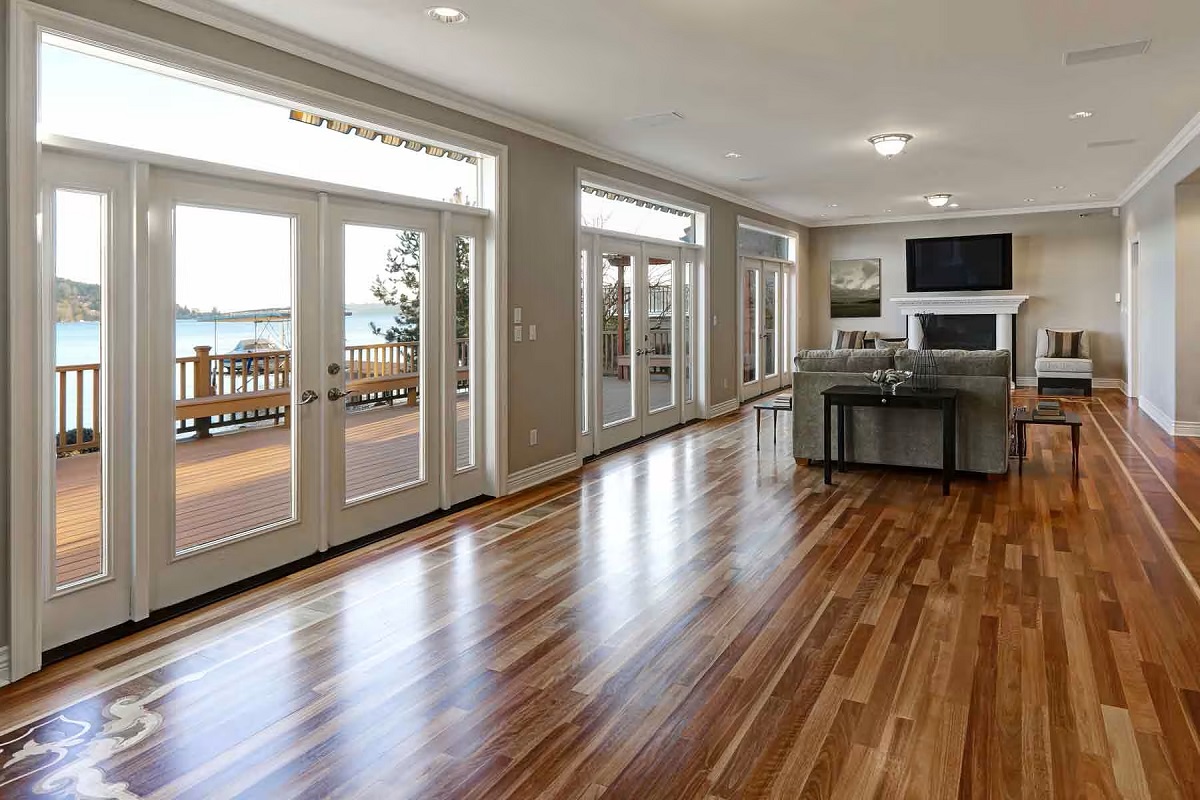
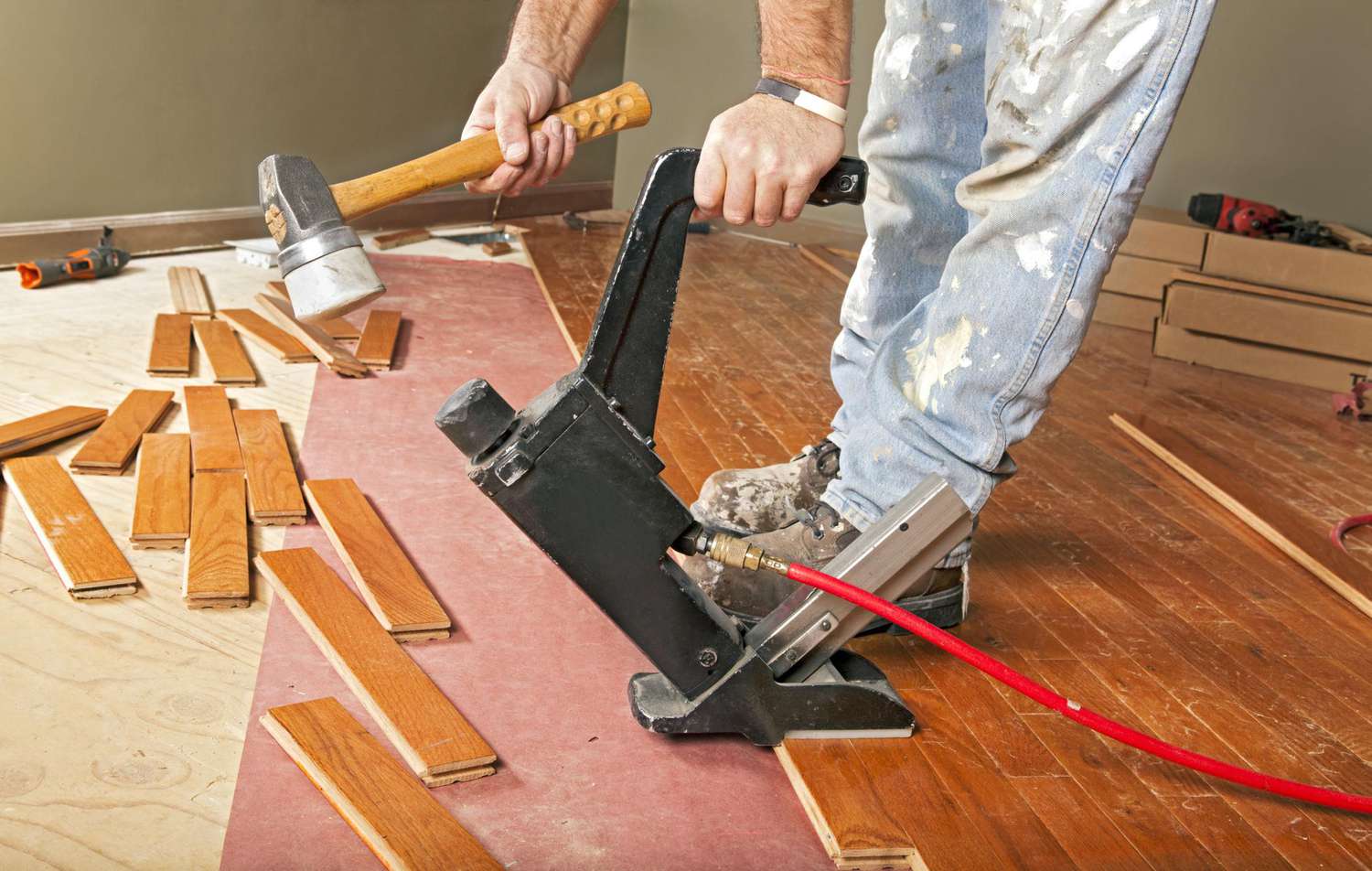
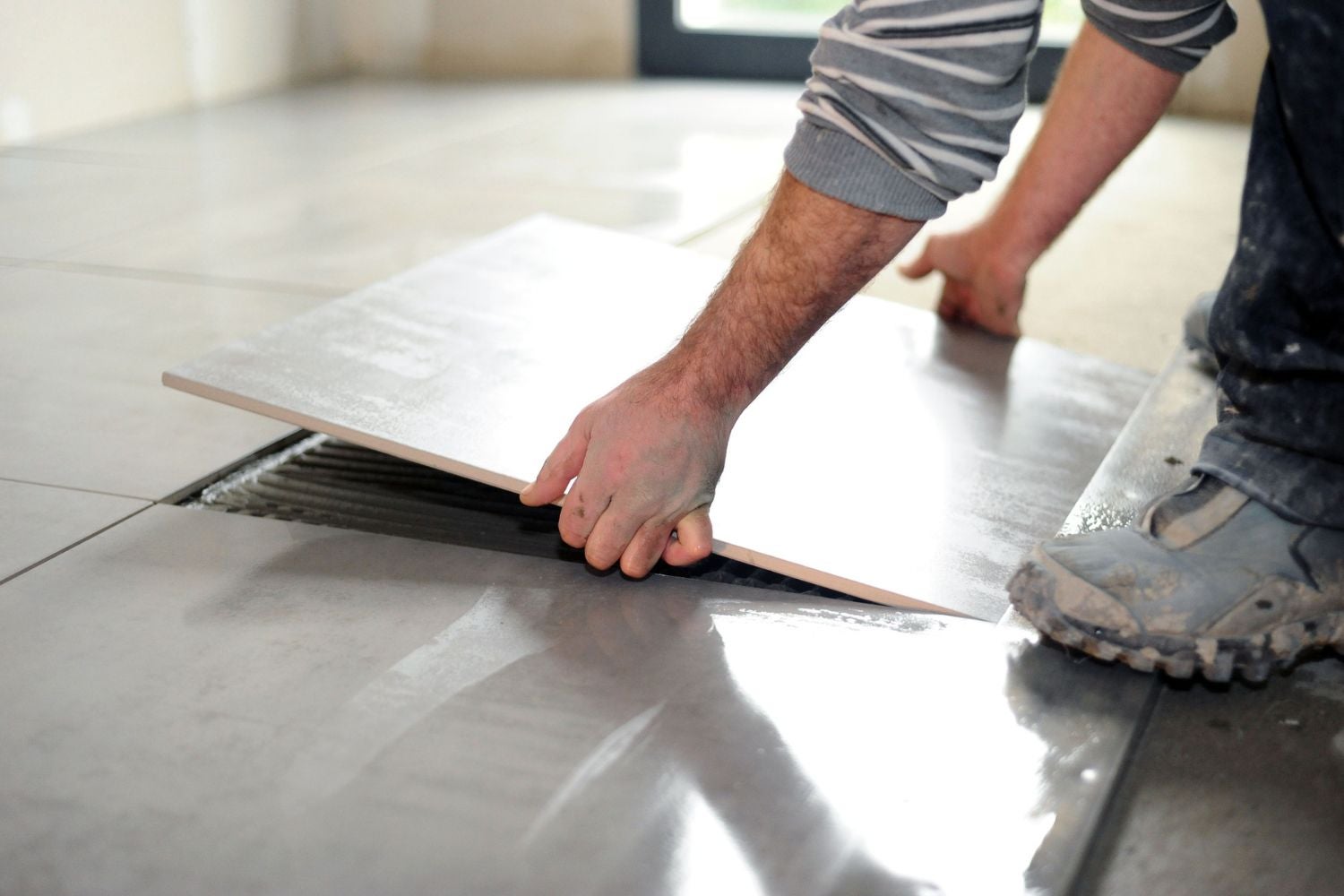
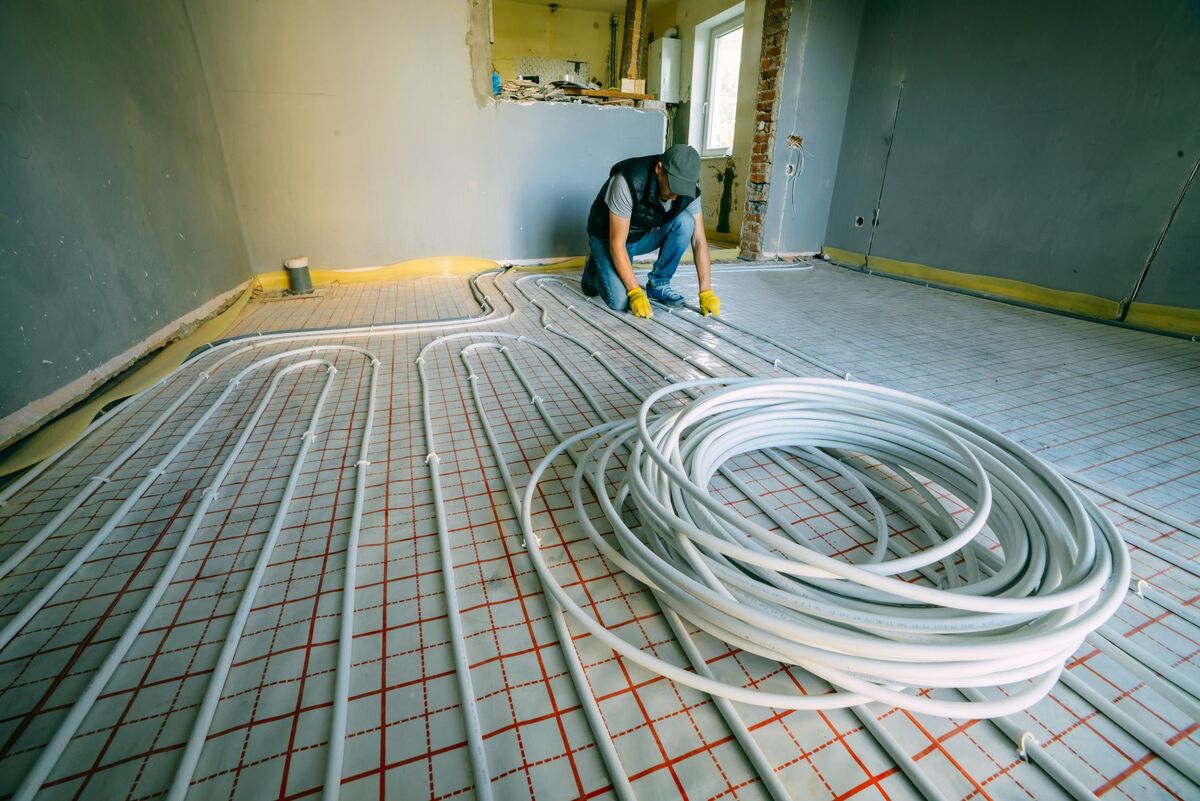
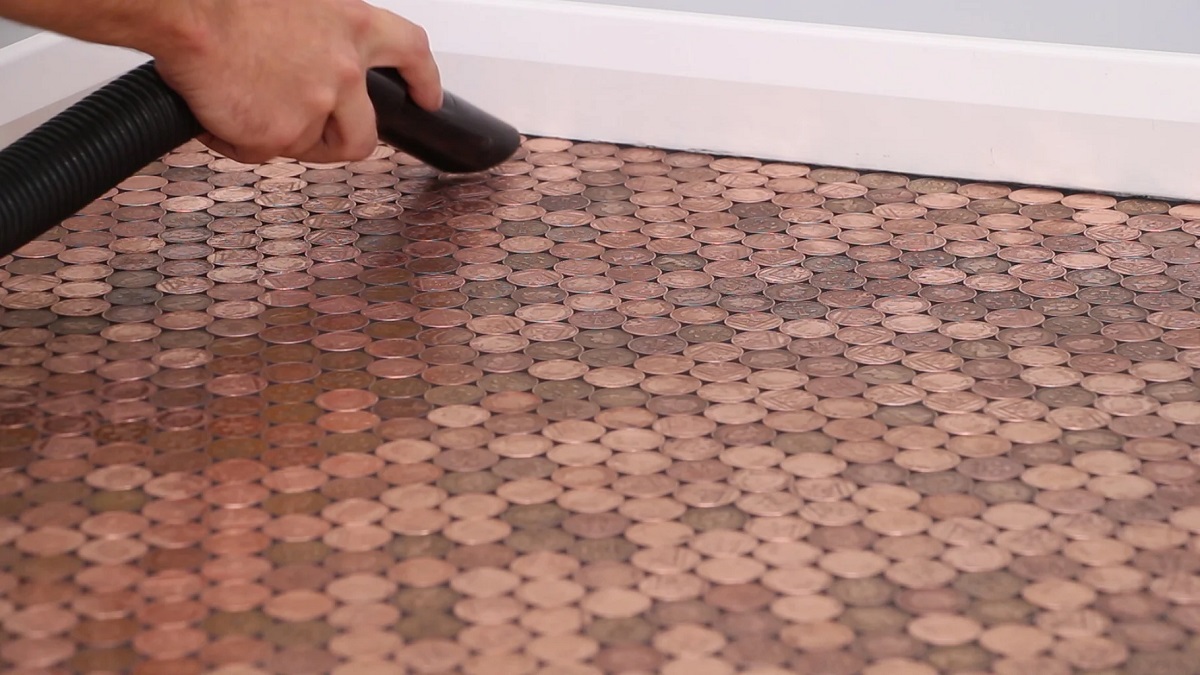
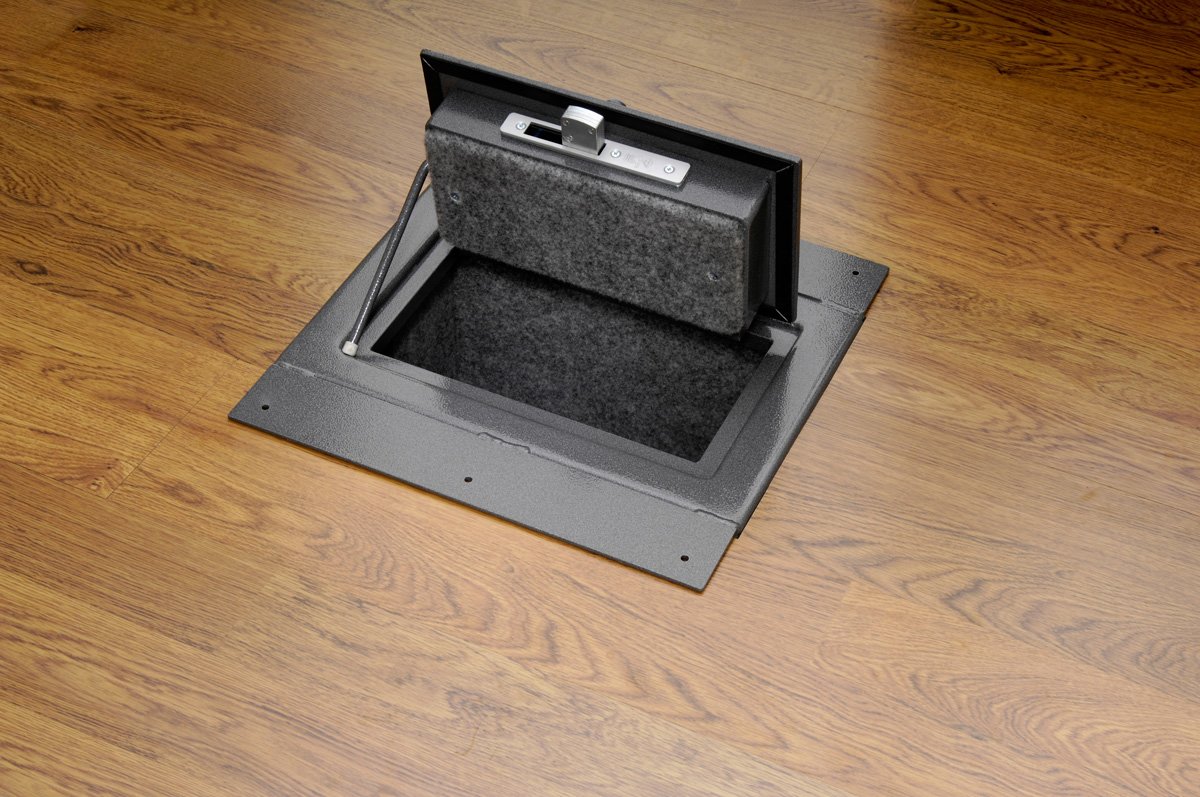
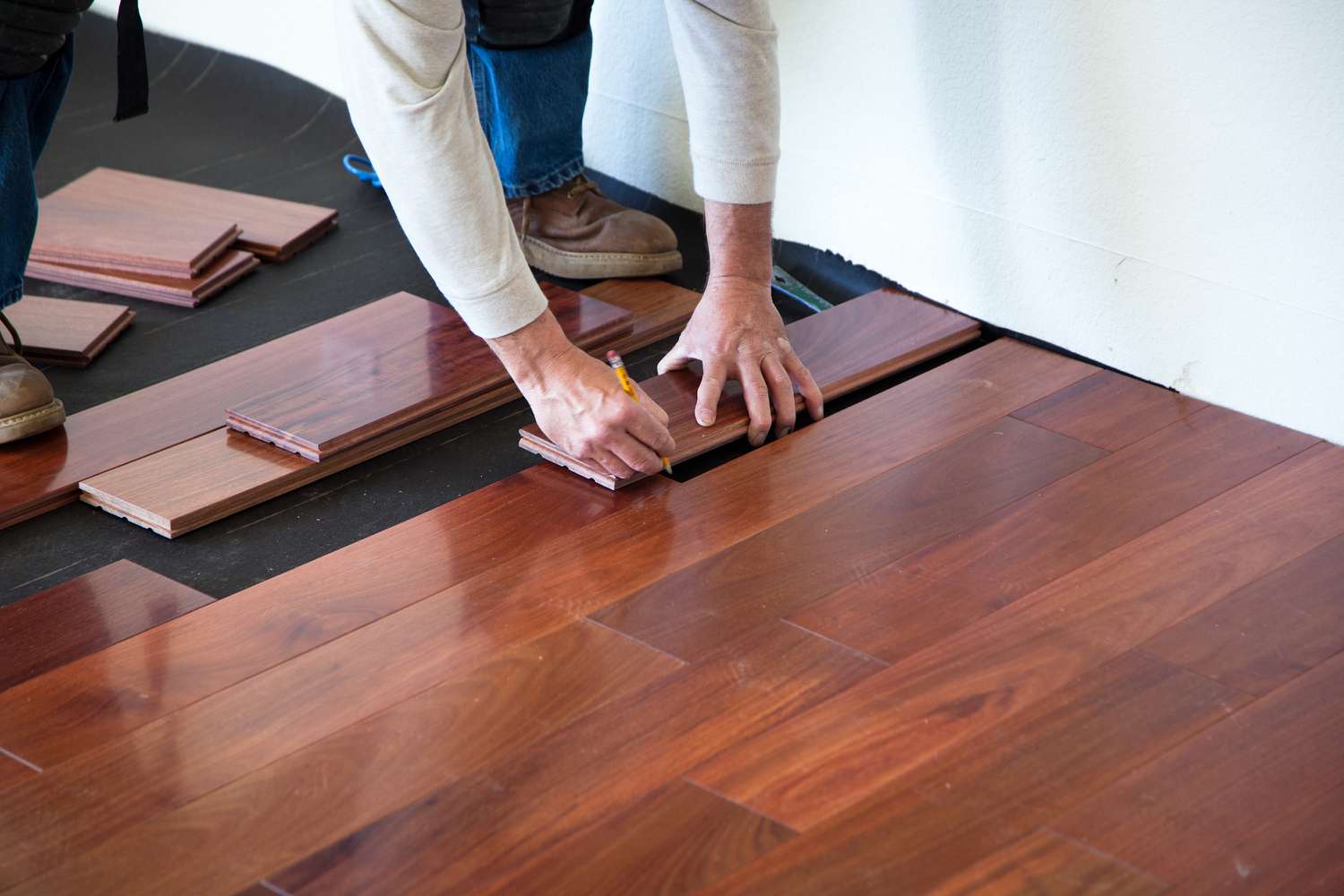
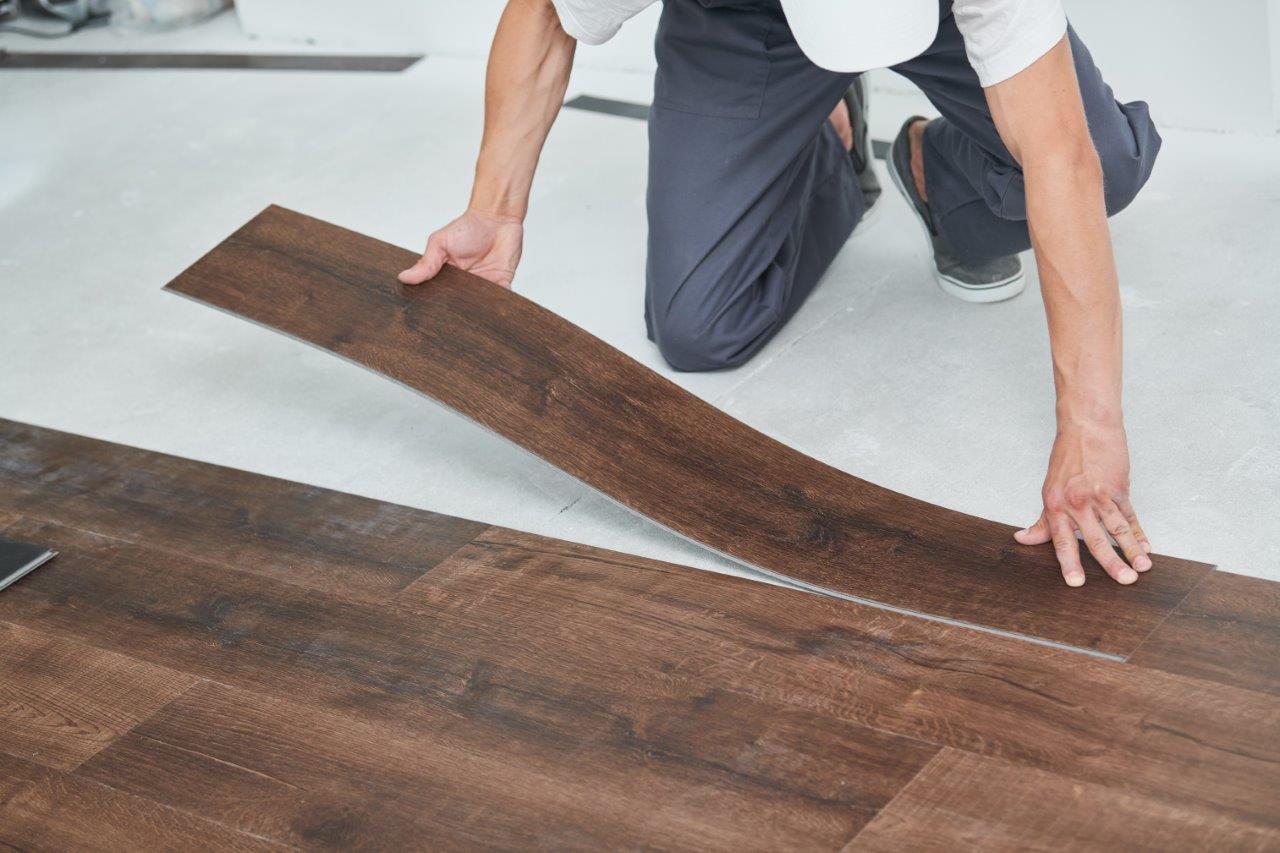
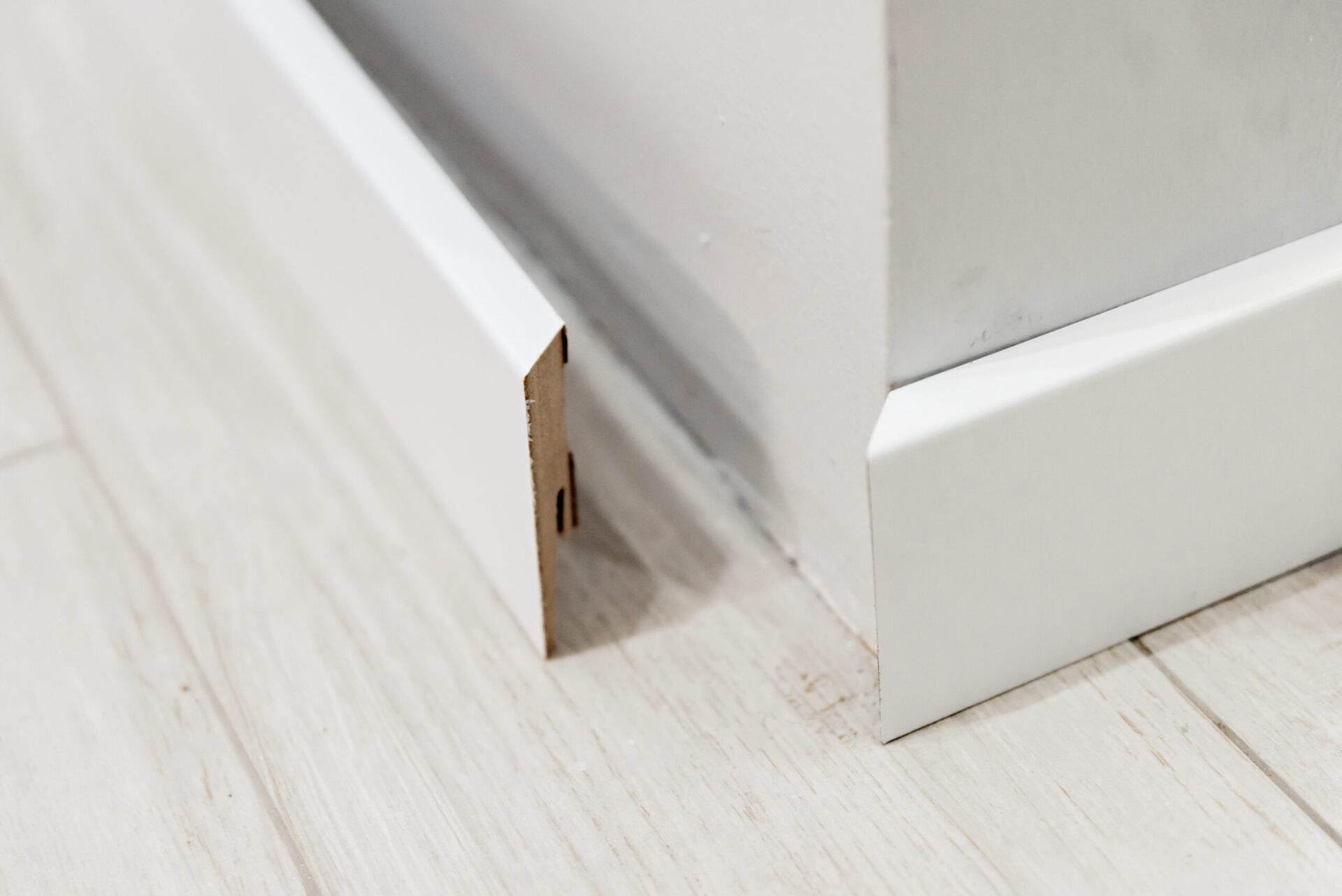
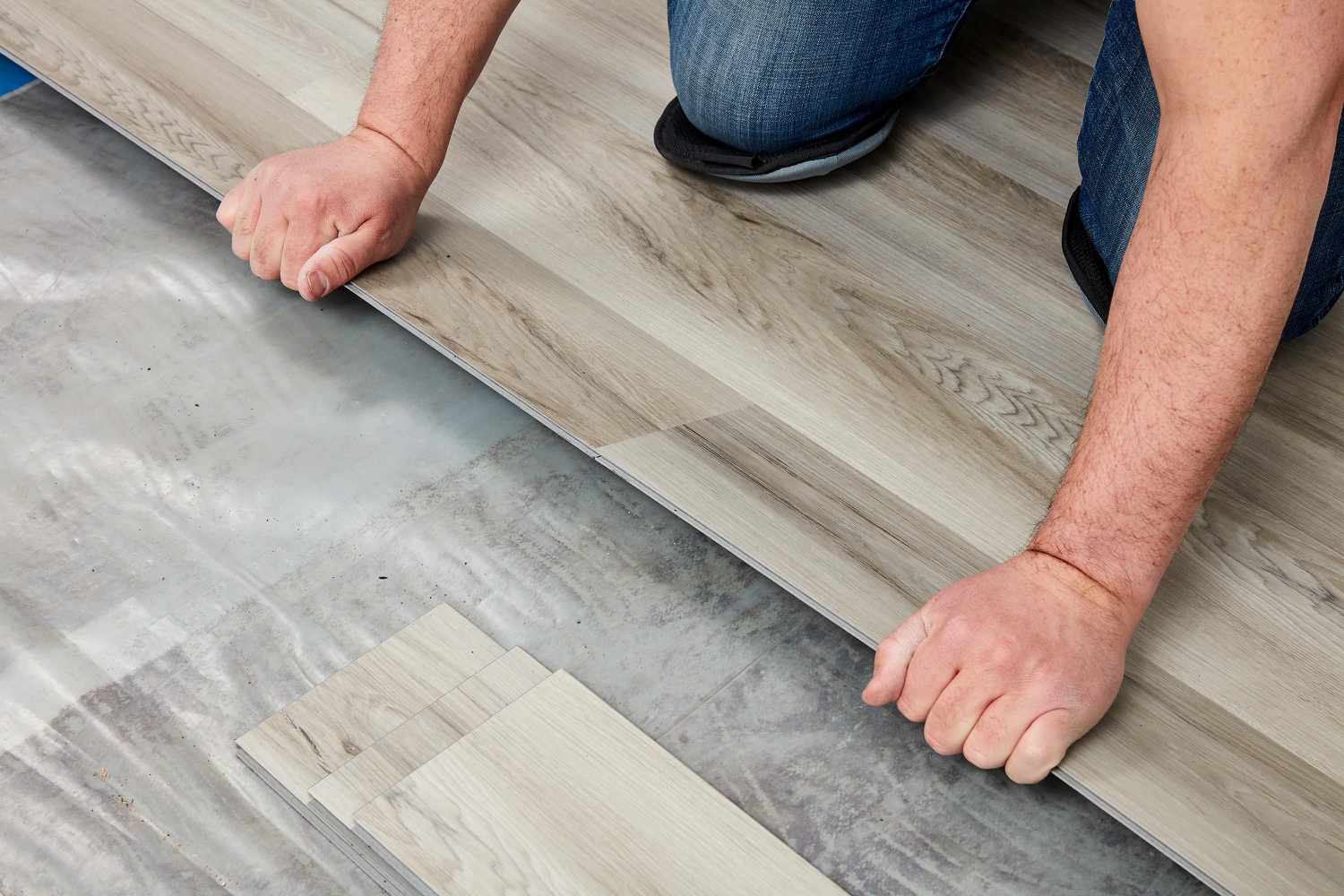
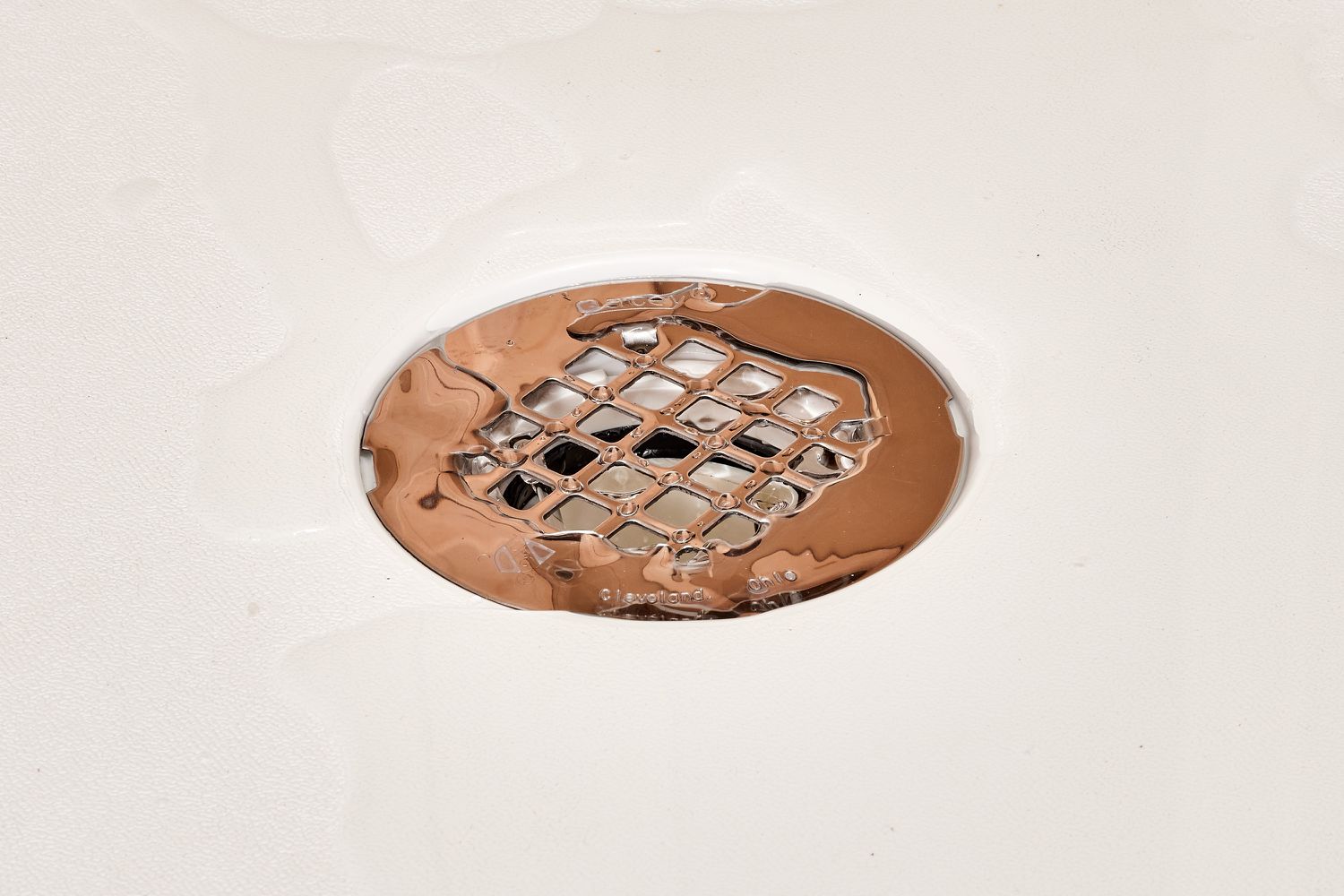

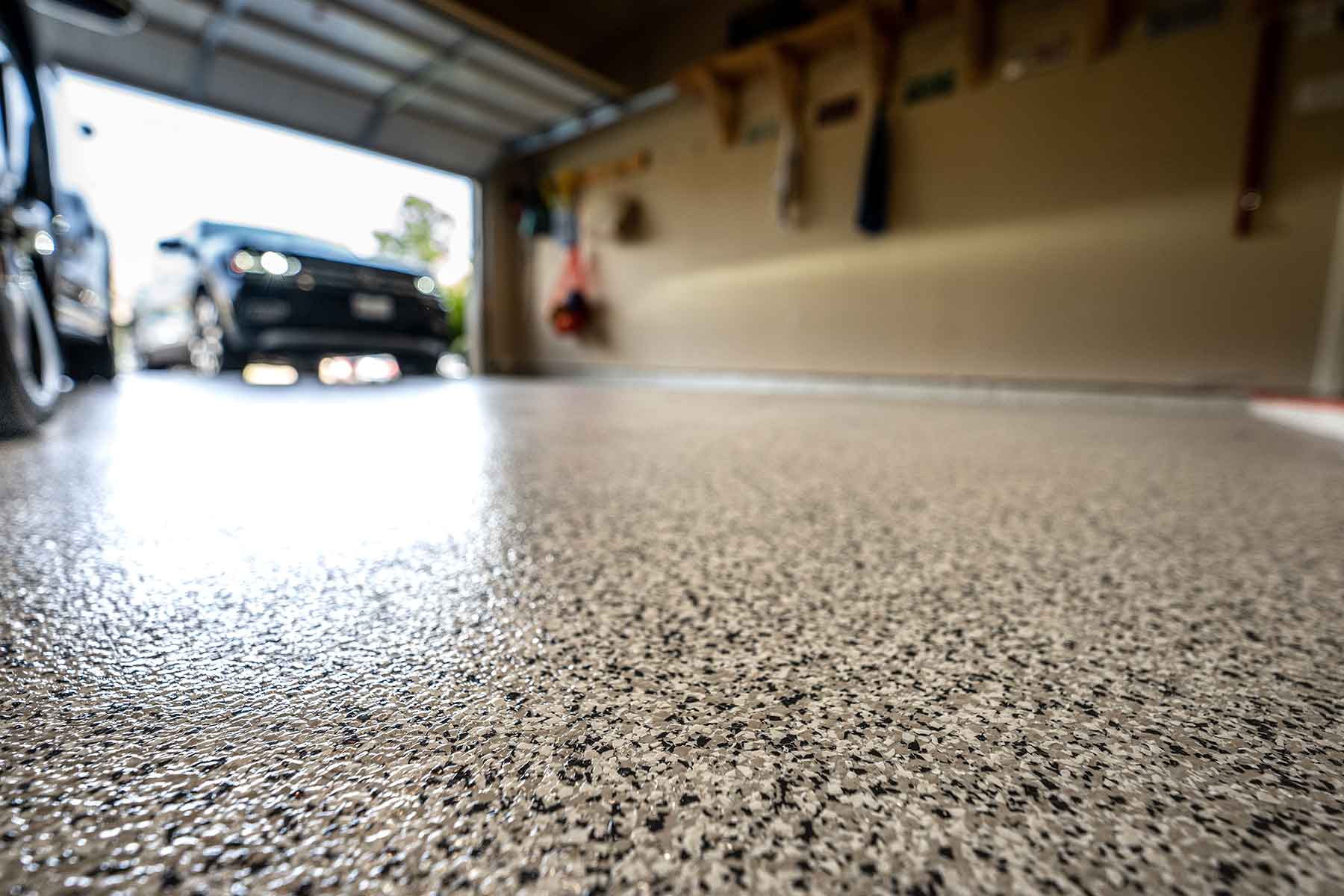

0 thoughts on “How Much Is Floor Installation”